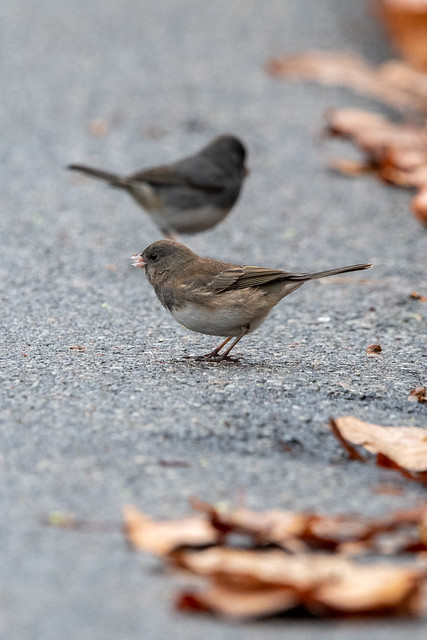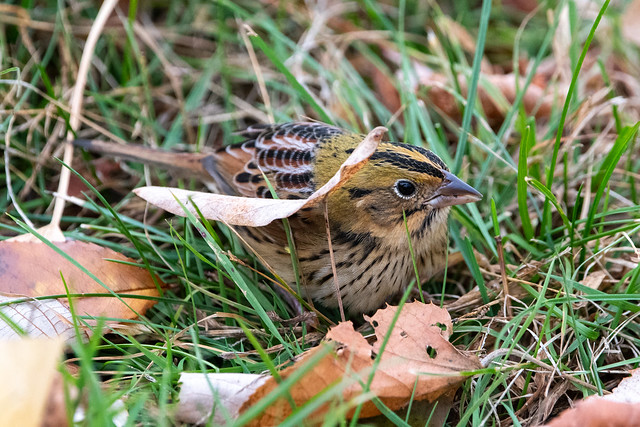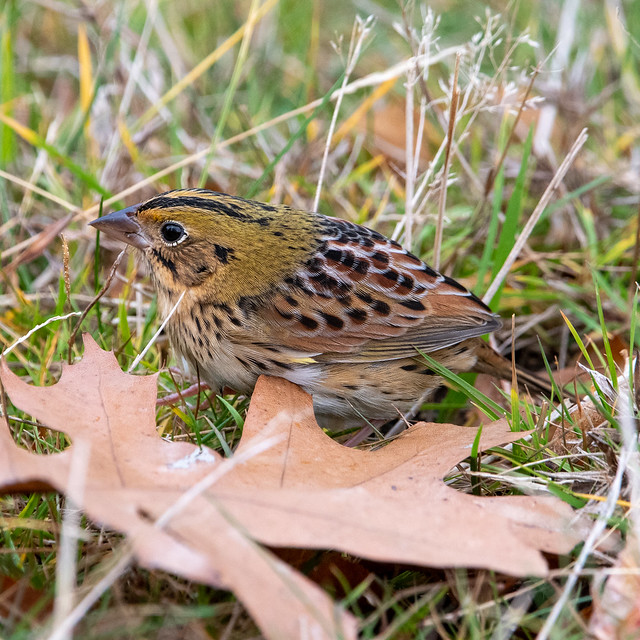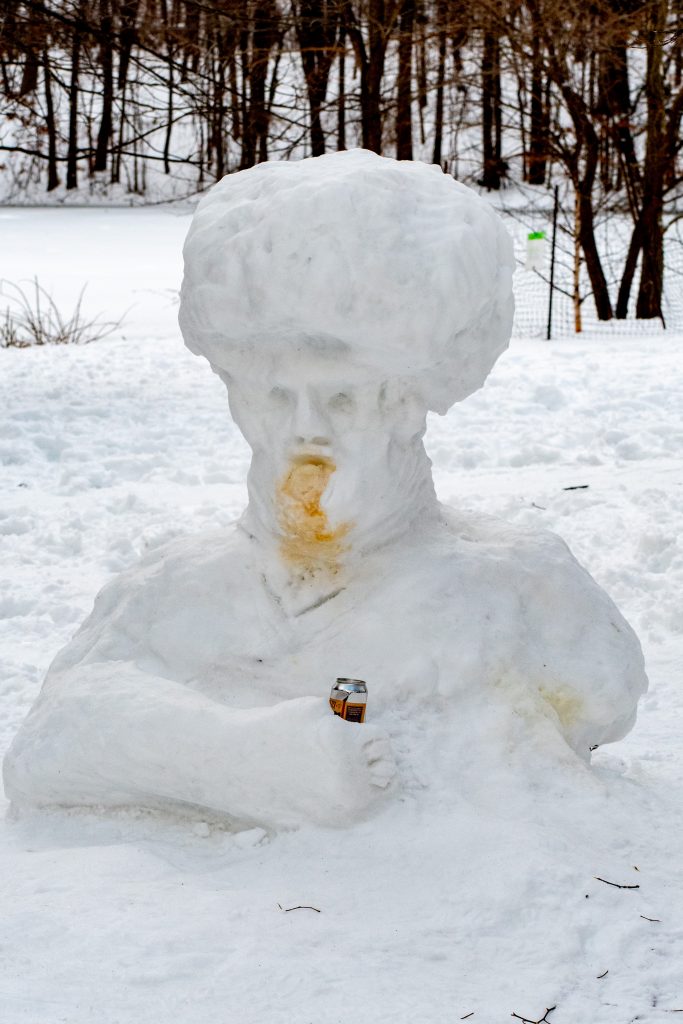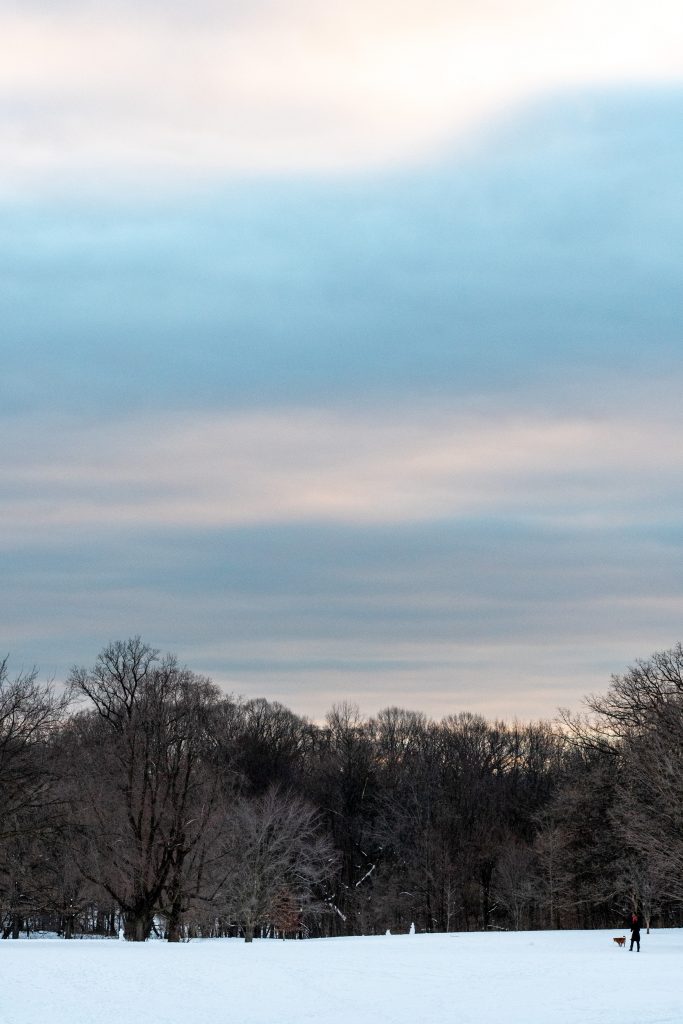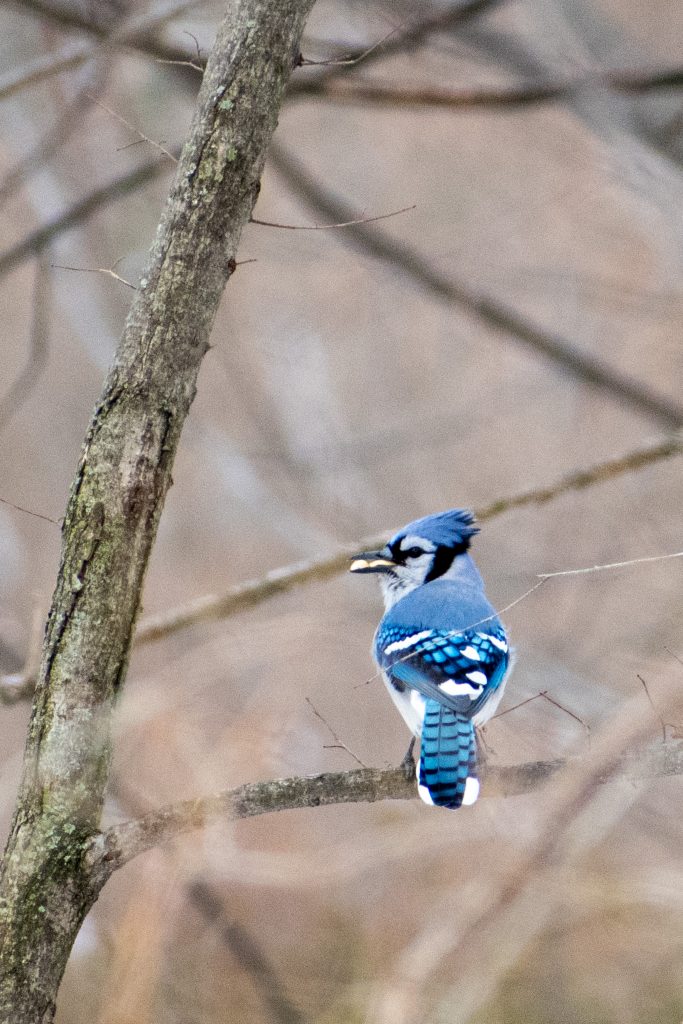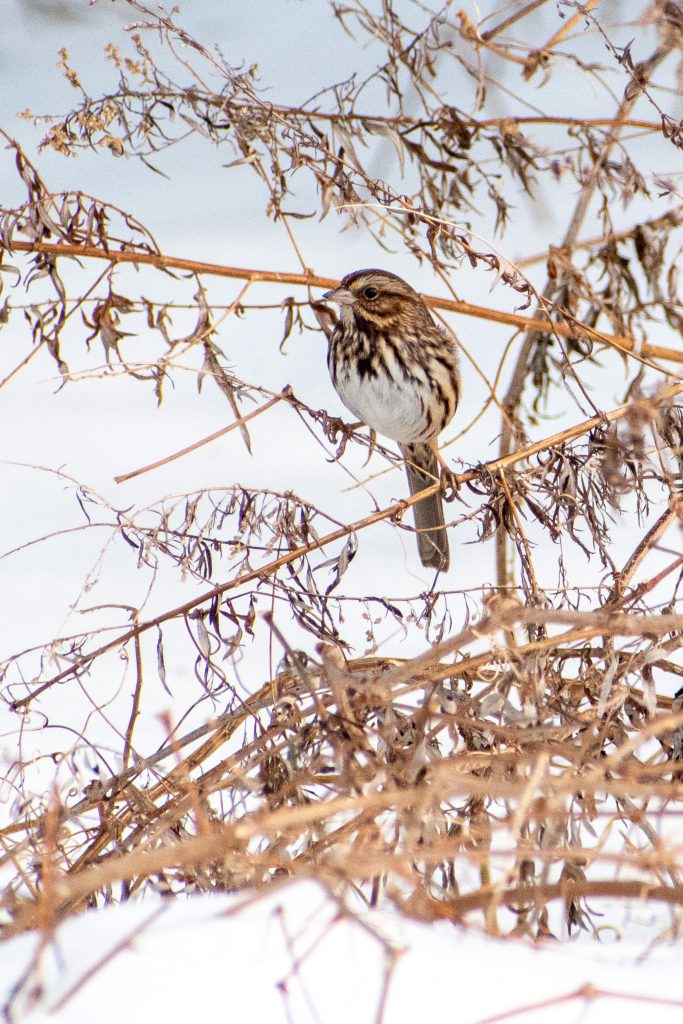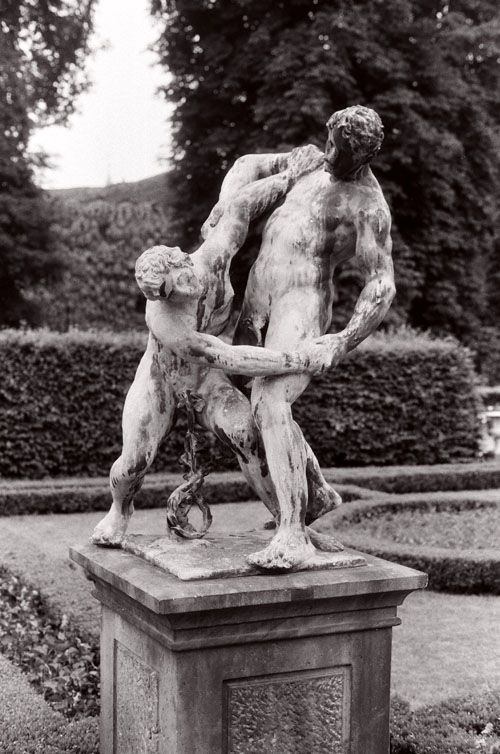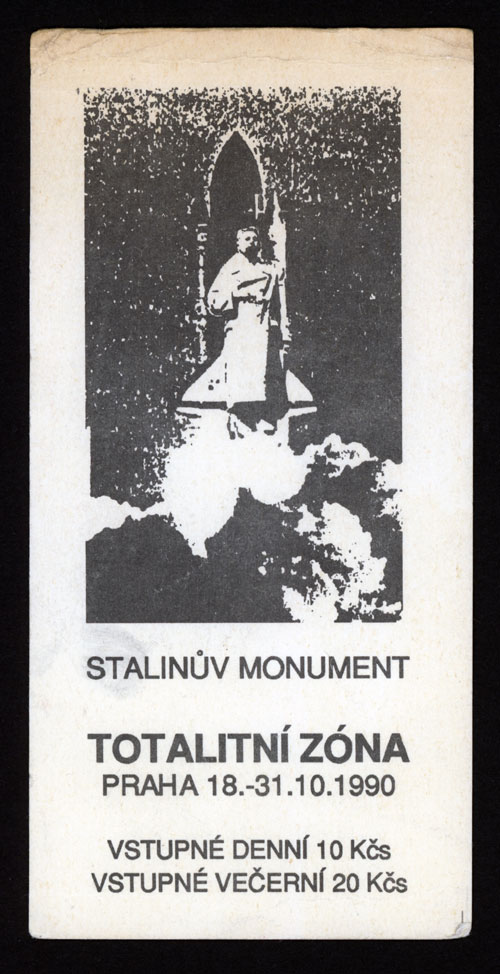I biked over to Green-Wood Cemetery this morning before breakfast, in hopes of finding a vagrant Henslow’s sparrow that had been spotted there over the weekend. No luck. Though I had a nice time commiserating with fellow birders there. So as not to have to go home completely birdless, I walked down toward one of the cemetery’s artificial ponds. On the way I saw a statue on a high pedestal of what seemed like it was probably Aesculapius taking the venom out of a serpent, probably marking the grave of a doctor.
I got briefly hopeful when I saw these few dark-eyed juncos, because sometimes sparrows of different species hang out together.
I inadvertently startled a great blue heron as I walked around the pond, and took this photo when the heron alighted on the pond’s far side and posed against a background of pale orange maple leaves. Some time ago I saw a great blue heron that looked very much like Samuel Beckett, and now all great blue herons look like Samuel Beckett to me.
On the way back to the spot where the Henslow’s sparrow wasn’t, I also startled this red-tailed hawk, who let me catch up and take this photo, which, when I got home, I thought of posting with the caption “Also looking for the Henslow’s sparrow this morning,” but that seemed dark.
Just before lunchtime a friend texted to say the Henslow’s sparrow was back. So mid-afternoon I biked to the cemetery again. Sure enough, before I got to a hill near where I’d been looking in the morning, I spotted on top of it a telltale circle of people with binoculars and cameras. From a distance they seemed to be looking in my direction, so I walked a wide circle to one side, so as not accidentally scare off the sparrow as I approached. Once I did get close, though, I saw that several of the birders were aiming their binoculars and cameras more or less straight down, which I found a little confusing at first. Is it literally right there? I asked a birder. Yes, basically. I don’t know whether all Henslow’s sparrows are like this—I suspect not, because Sibley’s describes them as “secretive”—but this individual was not at all shy. It was foraging so avidly that it was completely oblivious to the humans around, and people who sat down to get a good line of sight often found ten minutes later that the sparrow hopped more or less right up to them.
The grass hadn’t been mowed recently in the spot where we were, which no doubt contributed to the Henslow’s sparrow’s state of happy distraction—lots of grubs—but also meant that even though I took about five hundred photos, only a few aren’t obstructed by grass or straw. The other difficulty I had with photography was that often, when I squatted down to get a better line of sight, the sparrow hopped too close to me for my long lens to be able to focus on it. I had to just rest the lens on the ground or over my shoulder and enjoy the sparrow with my naked eyes, waiting to see if it would ever hop far enough away again for me to take more photographs. Which made me a little philosophical, about how I, typical human, had to clutter up the experience of being with this animal by interposing equipment and my need to document and thereby boast about having been with it, and how for humans, or at least for humans like me, there’s only a narrow window of actual wonder possible, the slimmest air gap of mere enjoying between doing something and talking about doing it. It’s nice, though, I thought, that it exists at all. And then the bird hopped a little farther away and I took more pictures.


